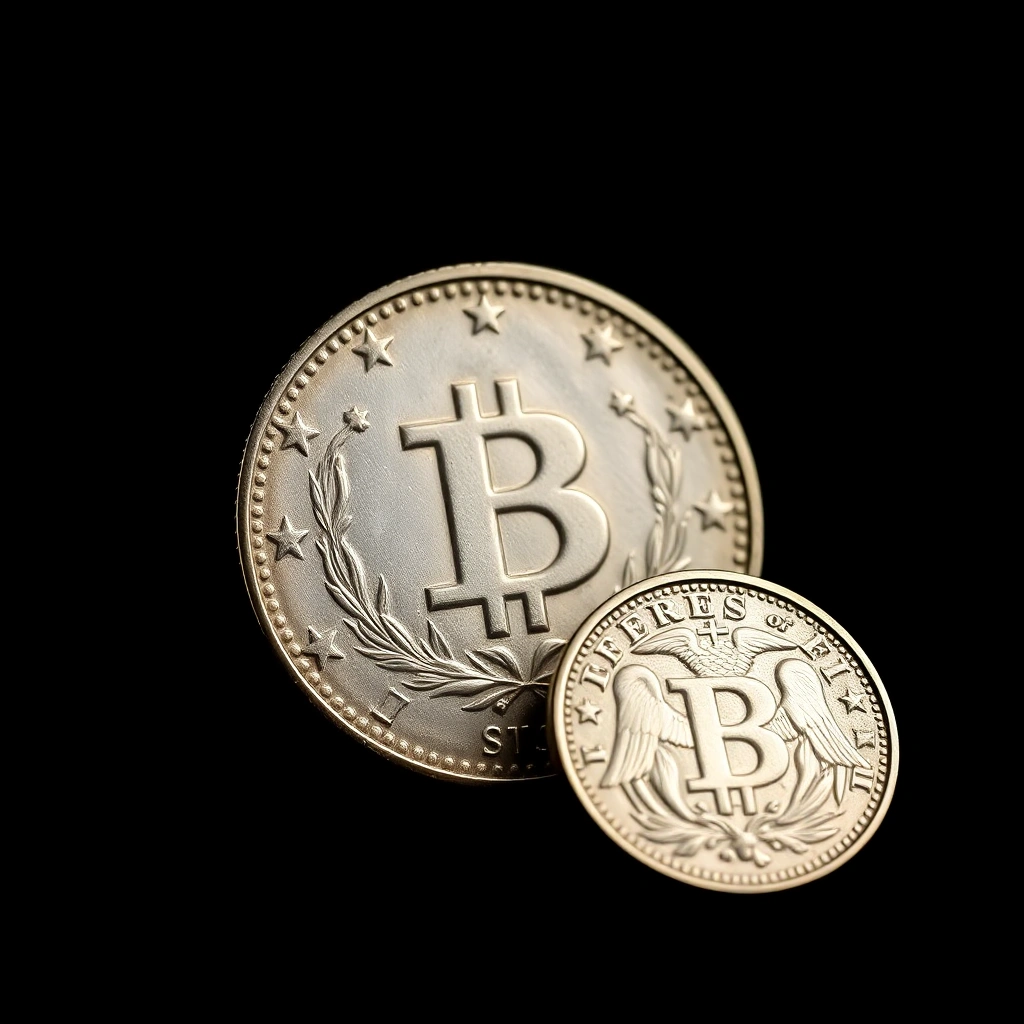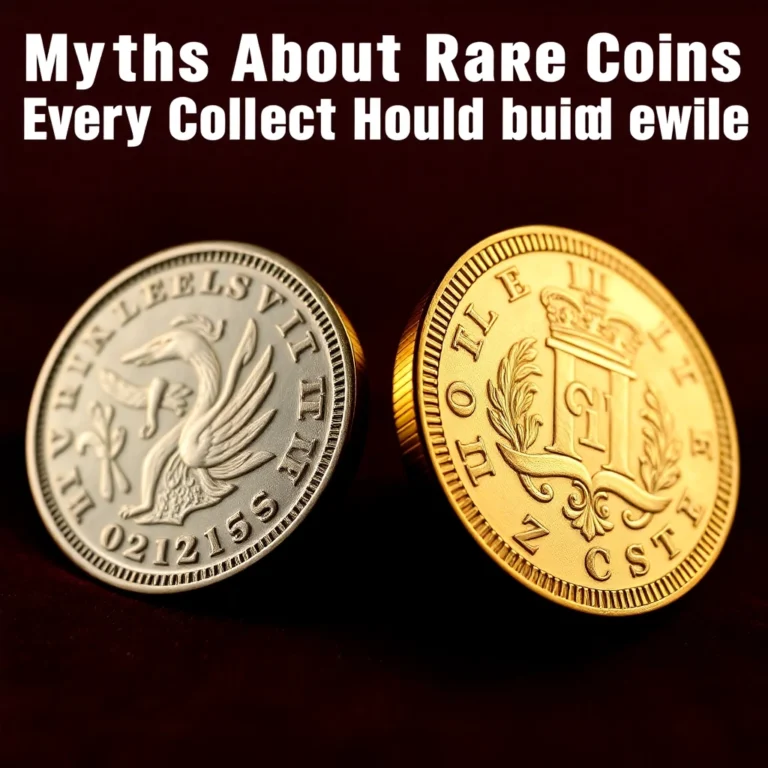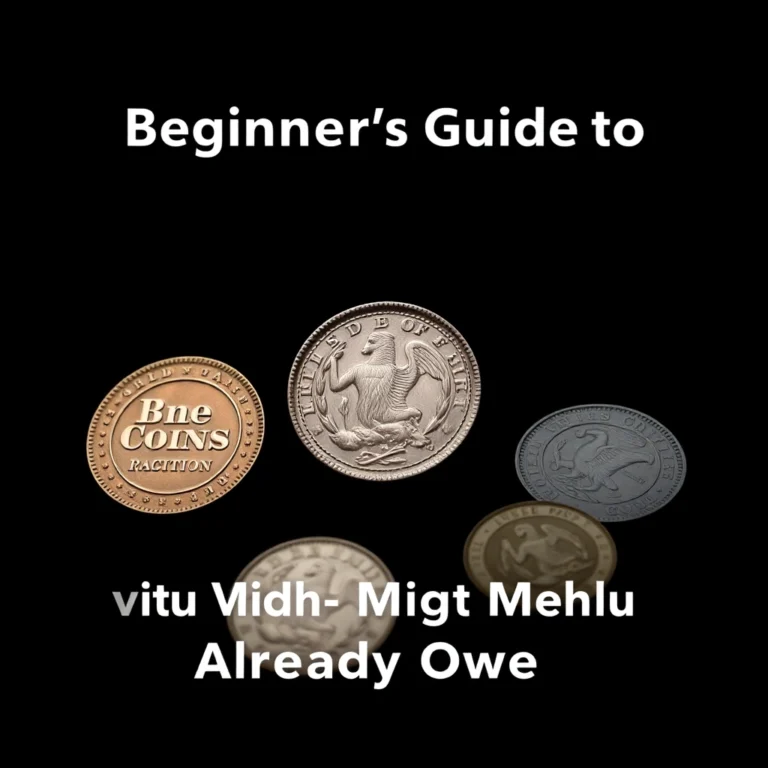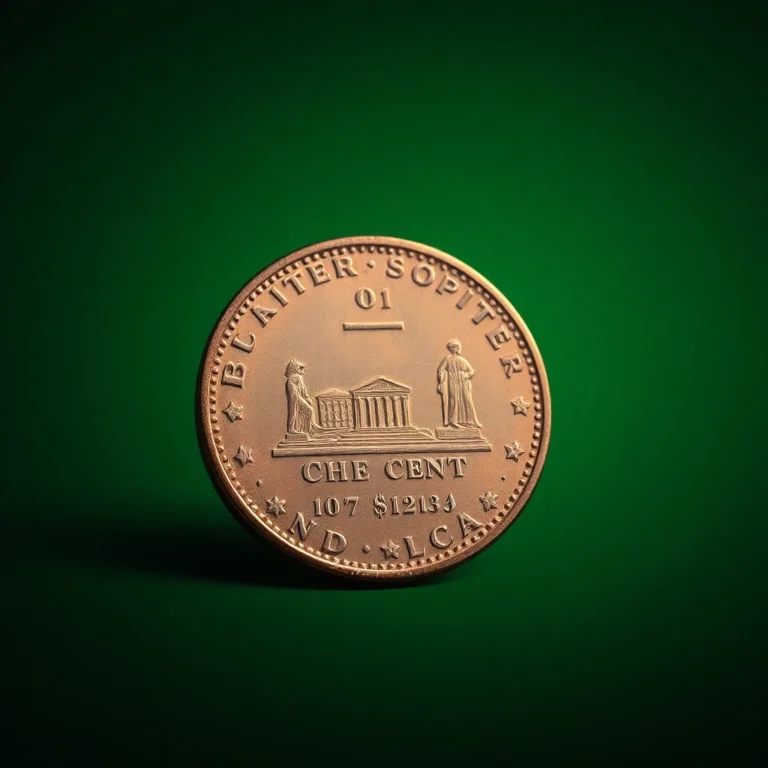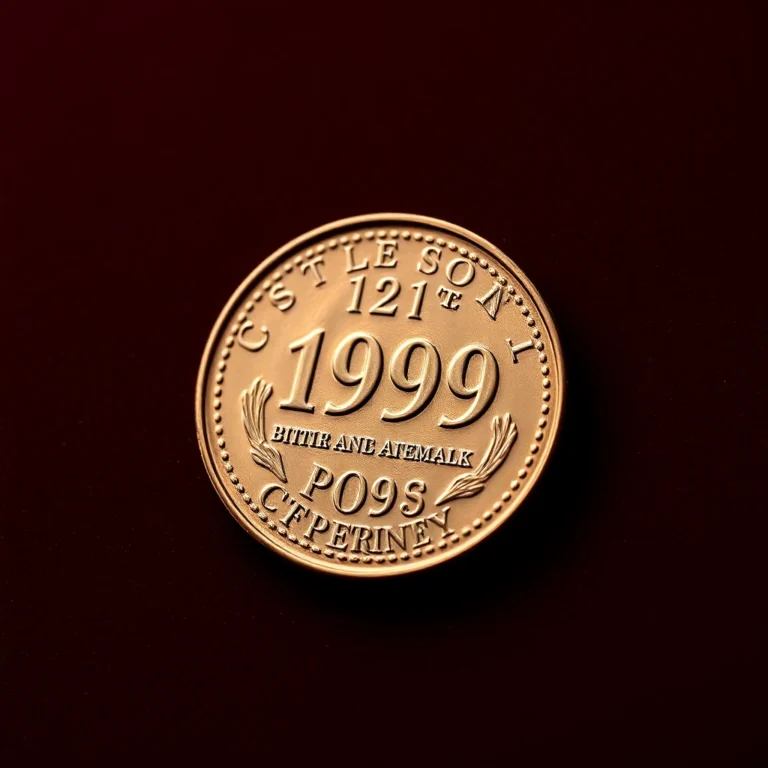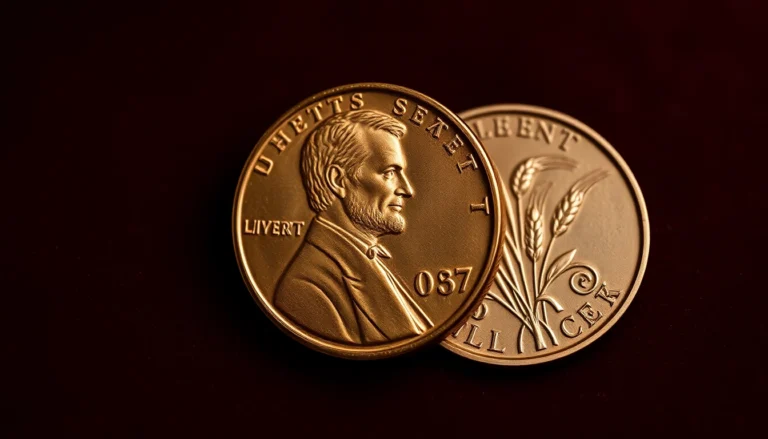Imagine discovering a small, overlooked coin in your collection, only to find it’s worth a fortune. For many coin collectors, this thrilling possibility is more than just a dream—it’s a reality. Rare coins, with their fascinating histories and intrinsic beauty, often hold the potential to transform modest investments into substantial profits. This phenomenon not only captivates seasoned numismatists but also inspires newcomers eager to explore the treasures hidden within their collections.
In this article, we’ll delve into a selection of rare coins that have defied expectations, skyrocketing in value and rewarding their owners handsomely. You’ll learn about the historical significance of these numismatic gems and the unique features that set them apart from ordinary coins. By understanding what makes these coins so valuable, you’ll be better equipped to identify potential treasure in your own collection. Stay tuned as we uncover the secrets behind these remarkable coins and their extraordinary journey from pocket change to prized possessions.
Rare Coins That Turned Small Investments Into Big Profits
Throughout history, certain coins have transformed modest investments into substantial profits, captivating collectors and investors alike. This article explores some of the most notable rare coins, detailing their historical significance, physical characteristics, mintage rarity, known varieties, and current market values.
Historical Background and Significance
Rare coins often derive their value from historical contexts. For instance, the 1933 Saint-Gaudens Double Eagle is a legendary coin with a tumultuous past. Originally minted during the Great Depression, these $20 gold coins were never officially circulated due to the Gold Reserve Act, which took the U.S. off the gold standard. Only a few escaped melting, making them one of the most coveted coins in history.
Physical Characteristics and Design
The Saint-Gaudens Double Eagle, designed by Augustus Saint-Gaudens, is celebrated for its artistic beauty, featuring Lady Liberty striding forward on the obverse and a majestic eagle in flight on the reverse. The coin is composed of 90% gold and measures 34 mm in diameter, weighing 33.436 grams.
Mintage Figures and Rarity
Originally, 445,500 pieces of the 1933 Double Eagle were minted, but almost all were melted down. Only a handful survived, making it one of the rarest coins in the world. Its rarity is compounded by its legal history, as most were never intended for private ownership.
Known Varieties and Errors
While the 1933 Double Eagle does not have known varieties due to its limited production and unique history, other coins like the 1955 Lincoln Cent Double Die are famous for their error. Coins like these, with noticeable minting errors, often fetch high prices due to their rarity and collector interest.
Value Information
Below is a detailed table of value ranges for the 1933 Saint-Gaudens Double Eagle based on grade. Note: only a few of these coins exist, and their value is primarily determined through auction sales.
| Grade | Value Range |
|---|---|
| Good (G-4) | N/A |
| Very Good (VG-8) | N/A |
| Fine (F-12) | N/A |
| Very Fine (VF-20) | N/A |
| Extremely Fine (EF-40) | N/A |
| About Uncirculated (AU-50) | N/A |
| Mint State (MS-60) | $7,000,000-$8,000,000 |
| Gem Mint State (MS-65) | $8,000,000-$10,000,000+ |
Authentication Tips
Authenticating rare coins like the 1933 Double Eagle requires expert evaluation. Key authentication tips include verifying provenance, inspecting mint marks, and consulting with renowned numismatic authorities. Always obtain a certificate of authenticity from a reputable source.
Expert Collecting Advice
For collectors seeking to turn small investments into big profits, it’s essential to focus on coins with historical significance, low mintage, and potential for future appreciation. Network with other collectors and dealers to stay informed about market trends and opportunities. Remember, patience and knowledge are your best allies in numismatic investment. 🏆
FAQs
How does the grading of a coin affect its value?
The grade of a coin significantly impacts its value, as it indicates the coin’s condition and level of preservation. Higher-grade coins often fetch higher prices because they are rarer in such pristine conditions. Professional grading services assign grades using a scale from 1 to 70, with 70 being perfect. Understanding this grading system can help collectors make informed purchasing decisions.
What are some tips for authenticating rare coins?
Authenticating rare coins involves examining the coin’s weight, diameter, and thickness to ensure they match official specifications. Look for signs of wear or inconsistencies in the design that might indicate a counterfeit. Using a magnifying glass, check for details like mint marks and edge designs. For high-value coins, it’s advisable to consult a professional grader or authentication service.
What advice would you give to someone starting a coin collection?
Start by choosing a focus, such as a specific time period, country, or type of coin. Educate yourself on the coins you are interested in by reading books, attending shows, and joining collector clubs. Begin with lower-cost coins to learn without significant financial risk. Always purchase from reputable dealers and keep an eye on market trends.
Why is the historical significance of a coin important to collectors?
Historical significance can enhance a coin’s value and appeal. Coins from pivotal historical events or periods, like ancient Roman coins or those from the American Revolution, offer insights into the past and often tell compelling stories. Collectors value these coins not only for their rarity but for the connection they provide to history.
What are common varieties and errors collectors should look for?
Varieties and errors can make a coin more valuable. Varieties include differences in design or mint marks, while errors might involve misstrikes, off-center strikes, or die cracks. Famous examples include the 1955 Double Die Penny or the 2004 Wisconsin State Quarter with an extra leaf. These anomalies can turn ordinary coins into prized collector items.
